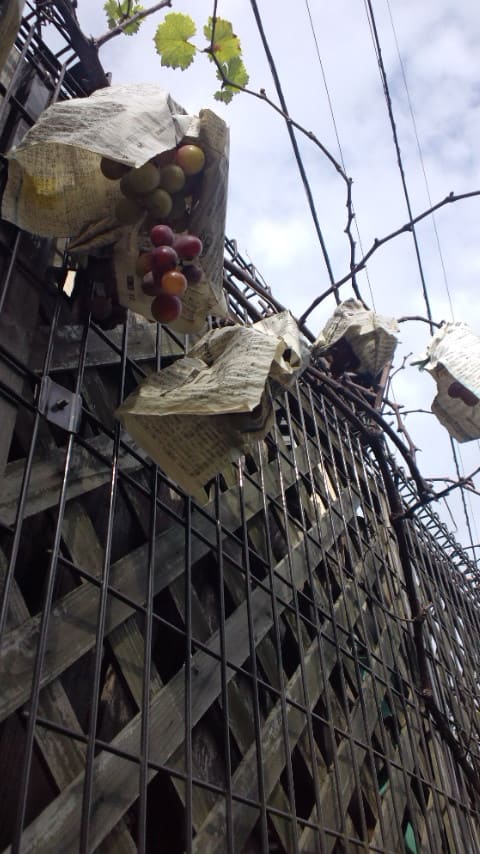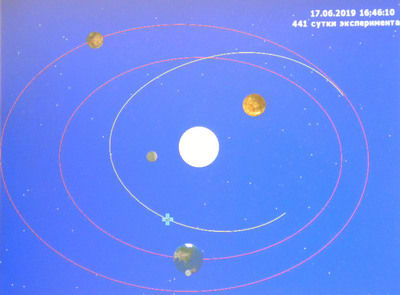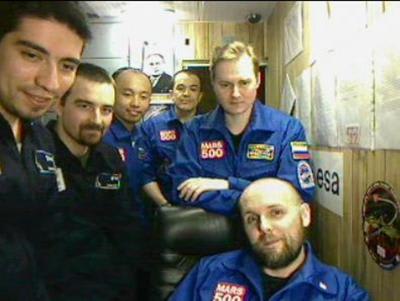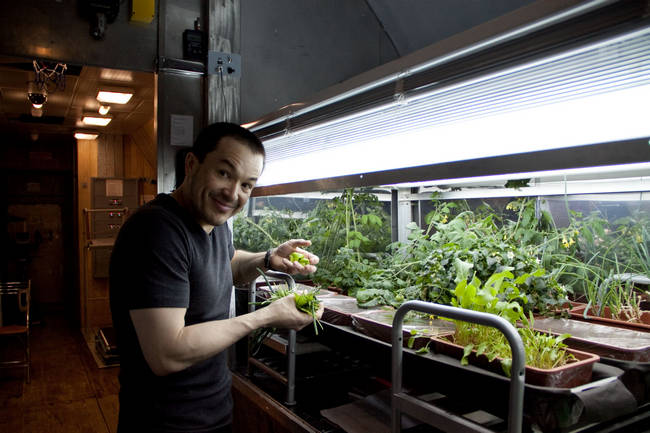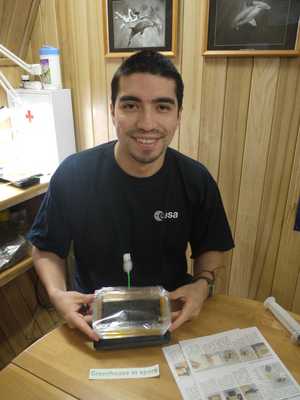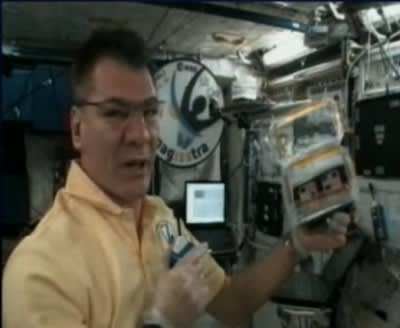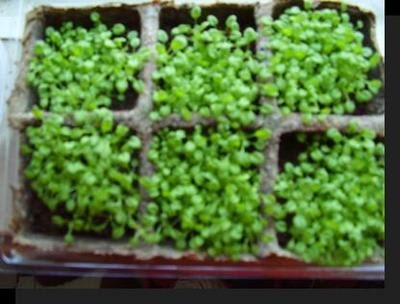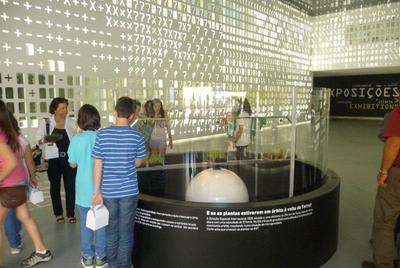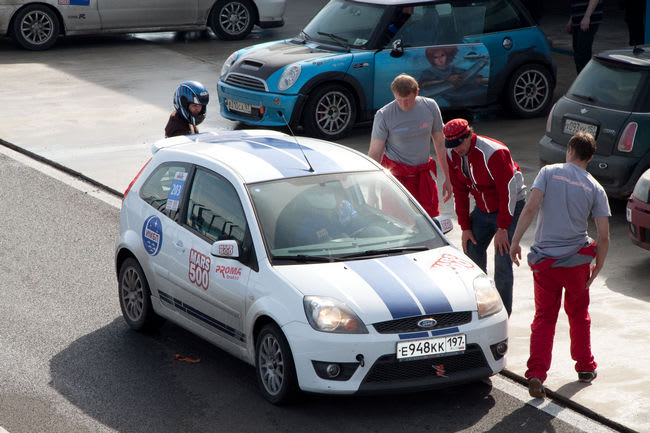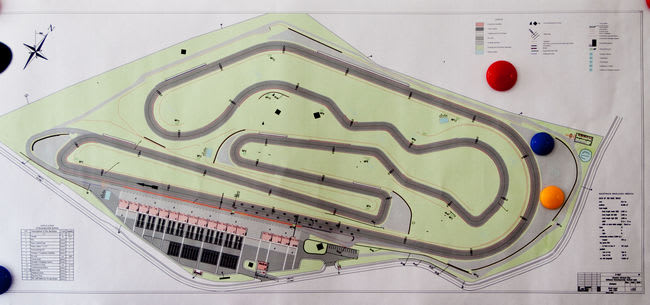MARS500の閉鎖実験は、6月3日で丸1年が経ちましたね。
ESA及びロシアのサイトで様々な報告が出ています。
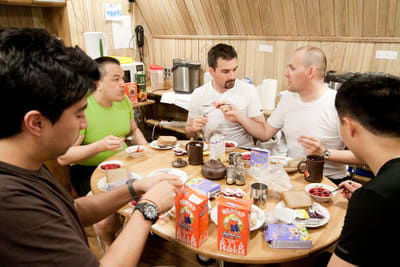 ESA
ESAでは、クルーからの手紙や様子など。
ロシアからは、閉鎖実験の
中間報告が出ています。
ロシアからは、ESAに続いて植物の栽培の様子の
ビデオとクルーへの
アンケートも発表されています。
こちらで、質問毎にクルーの回答をまとめてみました。どちらか見易いほうで見てください。事務局的には、こちらの方が楽しめました。
Questions & Answer:
1.One year passed since the start of your “flight to Mars”. Is it difficult trial for you today?
Alexey Sitev (crew commander):This trial is not difficult at this moment.
Sukhrob Kamolov (crew physician):Probably now it is easier, because we got subconsciously accustomed to
isolation and time has its effect. In fact one year has passed and only 5 months left. So if one
compares with first 5 months it is easier now.
Romain Charles (flight engineer):Being confined for such a long time isn't easy and both our bodies and
our minds are being challenged on the long term. However, as a crew, we stick together and we help
each-other to successfully complete our mission.
Diego Urbina (researcher):It’s been difficult, but hopefully the toughest moments are behind. Currently
we are very happy that everyone has done an amazing job and the mission has been a success so far.
Wang Yue (researcher):Well, I should say it is not so easy as I thought before.
ロシアの2人は、難しくないと言ってますが、ロシア以外の人は容易くないと言っているのが面白いです。
2.What helps you to hold on?
Alexey Sitev:We became accustomed to everything. Dropped into rhythm.
Sukhrob Kamolov:The fact that we do all this not for nought. That one day our knowledge will be needed and
some experimental results can be probably used even now. And of course I understand how much efforts
and money were invested in this Project; I guess all this helps us to hold on.
Romain Charles:My 5 crewmates help me to bear with this long duration isolation study. We are on the same
boat together. I also receive a lot of support through e-mails from my family, friends and from our
ESA representative.
Diego Urbina:The support from my family, my friends and from people that encourage us through means like
websites or twitter.
Wang Yue:My crews, my family, my friends, and all the people supporting us.
ロシアの方たちは、職業軍人的な回答ですね。
3.Would you agree to participate in such experiments one more time?
Alexey Sitev:Everything is possible.
Sukhrob Kamolov:May be now I would like more, not experiment, but indeed to feel myself in Space. It should
not be obligatory flight to Mars, but just real space flight.
Romain Charles:For such a long duration isolation experiment, I would weight the pros and the cons but I can't
really answer now. However, if the experiment was to go to Mars, I would accept without hesitation!
Diego Urbina:If it was in real outer space this time, no doubt!
Wang Yue:Maybe, but not immediately after this experiment.
Alexeyさんは、さすが指揮官ですね。Wangさんは、質問に素直に回答しており、他の人は実際に火星へのミッションを希望してます。遠まわしに閉鎖実験は、遠慮したいと言ってるようです。
4.Had you a longing to go out before the appointed time?
Alexey Sitev:No.
Sukhrob Kamolov:I had not such longing, as I`ve already answered similar question. I understand perfectly how
much efforts and, of course, money were invested in implementation of this Project, I did not want to
let people down, and of course, scientists which experiments we perform inside the facility as they
believed in us when they made their choice.
Romain Charles:Our mission is to stay in a confined environment for 520 days and I intend to make it successfully.
I'm looking forward to going out but not before the appointed time.
Diego Urbina:There are many times when you wish you were in a nicer place, full of many people, maybe your friends,
having a good time outdoors, but obviously the goal of the mission has been more important.
Wang Yue:No idea. I have no thought to give up.
このミッションの重要性をしっかり認識しているということですね。
5.What were the most spectacular events (impressive episodes) for you during this year?
Alexey Sitev: Work of Martian descent group.
Sukhrob Kamolov:I could not tell anything about spectacular events. Of course not every New Year I celebrate
in complete isolation but it is difficult to say that I was impressed by some events very much. Of course
the participation in such Project is probably the most impressive event.
Romain Charles:The most impressive episode for me this year was the opening of the Martian Lander.
After 8 months of travel, it meant that we were reaching our goal: Mars. It was a great and exciting day
for all of us.
Diego Urbina:The marswalks and the rover driving on the surface are pretty high on the list, they brought some
adrenaline with them! Then maybe the power cut, it caught us by surprise, and in spite of the “risks”
it brought us together and was something very different.
Wang Yue:Mars Landing.
やっぱ、火星着陸でしょうね。シュミレーションと分かっていても興奮しました。
6.What is your attitude to each other? Have you become cohesive team?
Alexey Sitev:Relations are good. Joint work unites people.
Sukhrob Kamolov:Yes, probably we have become good team. Because if we have not united and have not become a good
team, the Project probably would not be successful.
Romain Charles:For the last 12 months we didn't have any conflict together. Our crew is as cohesive as when we
entered the modules. I'm optimistic for the last 5 months left for us.
Diego Urbina:Yeah I think we have always been one cohesive group, no senseless divisions or anything.
Wang Yue:Sure, definitely sure.
ここで内輪揉めが出るようなことでは、人選に問題がありとなりますよ~。
7.Have you become friends?
Alexey Sitev:Of course.
Sukhrob Kamolov:It depends on what is meant by this word. As I’ve already told, we have become cohesive team,
but as for friends we are not children and everyone had his own circle of friends which formed not for
one year. And it is too early to tell that we have become friends for such short period; we have become
just a team.
Romain Charles:After one year living so close together, I consider my 5 crewmates like friends.
Diego Urbina:I’d say so, I think it is inevitable!
Wang Yue:We were friends already when we did the training before the experiment beginning, I think.
8.What do you dream to do right after the finishing of this experiment?
Alexey Sitev:I don’t dream anything yet. It is too early.
Sukhrob Kamolov:After the end of the experiment I would like to fly in real space, to see Earth in illuminator
and indeed to feel myself as cosmonaut rather than subject. And then to find a job according to my
specialization.
Romain Charles:My first actions when I get out of the Mars 500 modules will be to eat good meals, to enjoy
a good walk in a park and to meet with my family and friends.
Diego Urbina:I kind of have this little thing for going and flying a small plane when I get out, other than that,
just enjoy nature and travel.
Wang Yue:Free air, fresh food, et al...
Alexeyさんは、プロなんですね。
9.What do you miss most of all? What things? What sensations?
Alexey Sitev:Fried meat.
Sukhrob Kamolov:Most of all I (as well as all crewmembers) miss my nearest and dearest, my home and of course nature.
Romain Charles:Right now I miss my family and friends. I can communicate quite easily with them but I'd like to
have some direct interactions. It's always better to talk to someone directly and to have a immediate
feedback than to write a letter and wait several days for the answer.
Diego Urbina:The blue sky and meeting new people.
Wang Yue:For me, I guess should be the food, my national food. You know every time before eating something,
I should make a difficult thinking and complicated choice. Because of my stomach's protest.
だから、閉鎖実験をやってる訳なんですね。
10.Did you feel yourselves really flying to another planet?
Alexey Sitev:No, I did not. I am fully aware of my location. And I have normal space-time orientation.
Sukhrob Kamolov:No
Romain Charles:I don't feel like flying to another planet but I find it hard to imagine our modules in
the buildings where they actually are. My imagination put them in an remote area on Earth, not in
the suburbs or Moscow.
Diego Urbina:Personally when we were arriving to Mars it felt a lot like we were arriving there, to a new
strange place, now coming back the sensation for me is less strong, but I am sure the closer we get
the stronger sensation it will be, and when we get to Earth we will feel initially like it is another planet.
Wang Yue:Sometimes have a feeling like this.
実際に火星に行く時は、窓の外の景色はどう見えるんでしょうか?
地球が遠ざかっていくとともに火星が大きくなってくるのでしょうね。星空は、ISSから見るのと同じようなんでしょうかね?
楽しくて堪らんでしょうね。
11.Are there any experiments which you do not like to perform? Are there any experiments which you like to perform?
Alexey Sitev:I do not like sleep investigations. And there are a lot of repeated, similar questions in psychological
tests. I like “Pilot-1” – training on docking to ISS. In general, I have equal attitude to all experiments.
Sukhrob Kamolov:As former practicing physician I was interested in all experiments that studied human physiology.
And nobody liked psychological tests, I think.
Romain Charles:There is one experiment which lasts one day and a half that I don't like. During the day we have
to spend a lot of time on the computer with a "stressing" program and during the night we have to sleep
with a tight and uncomfortable cap to record an EEG. Luckily the frequency of this experiment is quite low.
All the experiments focusing on our physiology are more interesting to me. I'm always curious to discover
how my body is evolving on the inside. Moreover we use a wide range of medical devices for these experiments
like ultra-sounds machines, Electro-Cardiograms or blood pressure measurement pieces of equipment. I like that.
Diego Urbina:I like the experiment in which we train on how to dock a Soyuz spacecraft to the ISS, the one in which
we drive a rover on the martian surface, and I like a lot the experiments that involve exercise and moving a lot.
I also enjoy doing pretty much any experiment in which the researcher actually takes the time to share
the results with us and we learn new things.
I don’t like is one that involves standing and holding this 25 kilo bag for several minutes, or when we
have to put abrasive chemicals on the skin for the electrodes to conduct the signals. I hope the scientists
will get a prize or something for those ones.
Wang Yue:Daily physical exercise, should be.
ロシアの人は、psychological testsが嫌いなんですね。質問が多くて繰り返しされるなんてぞっとします。
睡眠も大変そうですね。
とにかくモルモット的扱いは、イヤですね~
測定されているという意識なしでデーターが取れる様になるといいんですが・・・
わざと実験台にされているという意識をさせてストレスをかける場合もあるのかも。
12.Do you have your own special ritual/rite now?
Alexey Sitev:To perform my job excellently.
Sukhrob Kamolov:No.
Romain Charles:I don't know if we can call it a ritual but I always do the same things in the morning.
From the moment when I wake up to the breakfast, I'm doing the same tasks at the same time almost
everyday. I don't have any routine for the rest of the day.
Diego Urbina:Not really, I like to change the routine as much as I can. Maybe watching an episode of some
series with the guys after a hard day’s work, we do that often.
Wang Yue:Ritual? Maybe you means individual habit? I think practicing calligraphy is my special one.
宗教とか験かつぎのことではないのかな。
13.Which language do you use for communication?
Alexey Sitev:Russian and English.
Sukhrob Kamolov:Mostly we use English mixed up with Russian.
Romain Charles:For the communication we use the 2 official languages: Russian and English. However I must
admit that I use more English that Russian.
Diego Urbina:Mostly English but sometimes we try to practice some Russian phrases Russian here and there.
Wang Yue:English primary, sometimes Russian. I'm so sorry for my Russian learning progress.
Romain does a huge job compared with me.
応募資格にロシア語があったはずですね。
14.What are your favorite relaxations/funs/diversions?
Alexey Sitev:Books, computer games. They take more time than watching movie.
Sukhrob Kamolov:Sport and reading books.
Romain Charles:During my free time I like to read books, to watch movies and to play some video games.
I also spend a lot of time writing messages for my family and friends.
Diego Urbina:I like reading a book with a cup of coffee or watching videos together. I also study for
fun and to keep my mind working. These days I am also into playing often with flight simulators.
Wang Yue:Reading, game, calligraphy.
読書が多いです。紙の効用もあるのでは・・・
紙に触れるとリラックス効果があるのではないでしょうか?
読書禁止にしたら、叛乱が起こるかも・・・
15.Do your family and friends support you?
Alexey Sitev:Yes. I am constantly in correspondence with them.
Sukhrob Kamolov:Yes, of course, I am very thankful to them for this.
Romain Charles:Yes, I receive a lot of letter from all of them and they help me a lot to cope with the long
term isolation. I wouldn't be so calm without them.
Diego Urbina:Yes I couldn’t be here without their support!
Wang Yue:Sure, and I miss them.
16.What world events impressed you most of all?
Alexey Sitev:From the events that we know – the Japanese earthquake, war in Libya, disorders in the Near East.
Losing of our national ice-hockey team.
Sukhrob Kamolov:Explosion in airport Domodedovo. And technogenic explosion in Japan.
Romain Charles:We regularly receive some news from the world and from our native countries. If I had to pick
one event, I would say that the most impressive one for me was the Japanese earthquake which happened
2 months ago. The videos that we could see were apocalyptic. Another event had quite a strong impact
on us during our isolation. In August 2009, 33 Chilean miners were trapped in a mine and, even if their
conditions were worse than ours, we could feel a link between our experiences.
Diego Urbina:Well the miners were a big topic here, and more recently the Libyan crisis and the killing of Osama.
Wang Yue:The Chile Miner Affair. A vibe I felt when I knew this information first. God blessing them.
日本の東北地方太平洋沖地震とチリの炭鉱の件に触れられてます。
17.Do you really think that this experiment will be benefit for humanity?
Alexey Sitev:I should not participate in fool's errand.
Sukhrob Kamolov:Time will show.
Romain Charles:I believe that Humanity is a space faring species. Then its next step is to leave Earth and
to visit new planets. All the experiments done in the ISS and here in the Mars 500 modules help to
reach this goal.
Diego Urbina:There is a lot of good data and experience coming out of here, I think once it is analyzed and
peer-reviewed it could give some important considerations to have in mind before sending people far from
Earth, so I think that yes, this will benefit humanity.
Wang Yue:I really hope so. If it is not, I'm confused why we are isolated here.
Wangさんの言うとおりですね。この質問をクルーにするのは、ナンセンスではないでしょうか?
18.Do you feel involvement into important historical event? Have you a feeling and understanding of the fact that you go down in history of space researches?
Alexey Sitev:Not yet. We just make our job. But permanent attention of many high-ranking guests and delegations
to us, accosts and greetings make us regularly thinking about this. But again… Our work is not finished yet.
Sukhrob Kamolov:Probably it will come later, after our going-out. And when we will see the results of our experiment.
May be when I will meet in common practice some medical equipment and schemes of examination which we used
here then understanding of our participation in important historical event will come.
Romain Charles:I know that a lot of people are following our adventure and I thank them for all the kind words that
they send to us regularly. I see my involvement in the Mars 500 mission like like one stone on our way to
Mars more than an important historical event. Nevertheless, I would be very happy if it turns our that our
crew inspires people and push the real trip to Mars to happen quicker.
Diego Urbina:I just hope that our work shows that there is a lot of interest in this endeavor of going to Mars, so
much that 6 people are willing to dedicate valuable time and effort to help make it possible. I am also sure
it will show, through the support that the project gets, the willingness of people in general to go out and
explore, so I think this can influence decision makers to do what it takes to take us there. If that happens,
then it will be worth it.
Wang Yue:I think we are doing a special and hard job. I don't know how to describe the historical or other big word
things. I just believe this experiment is good for space research, for people. So we are doing now.
それにしても、Smoleevskiy Alexandr Egorovichさんの答えが無いのですが、どうしてでしょうか?
本日は、ここまでとします。


















